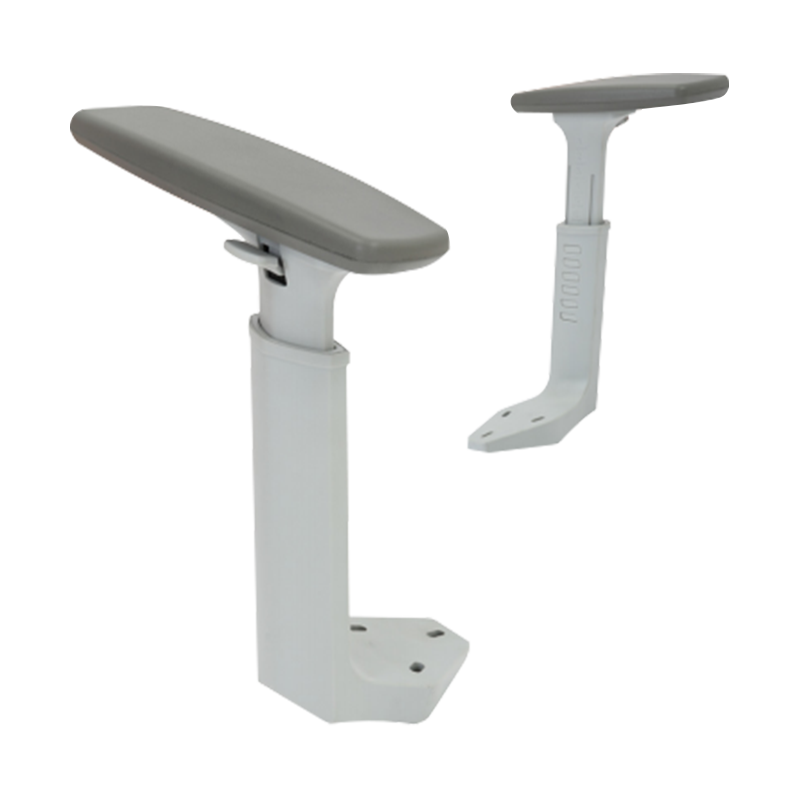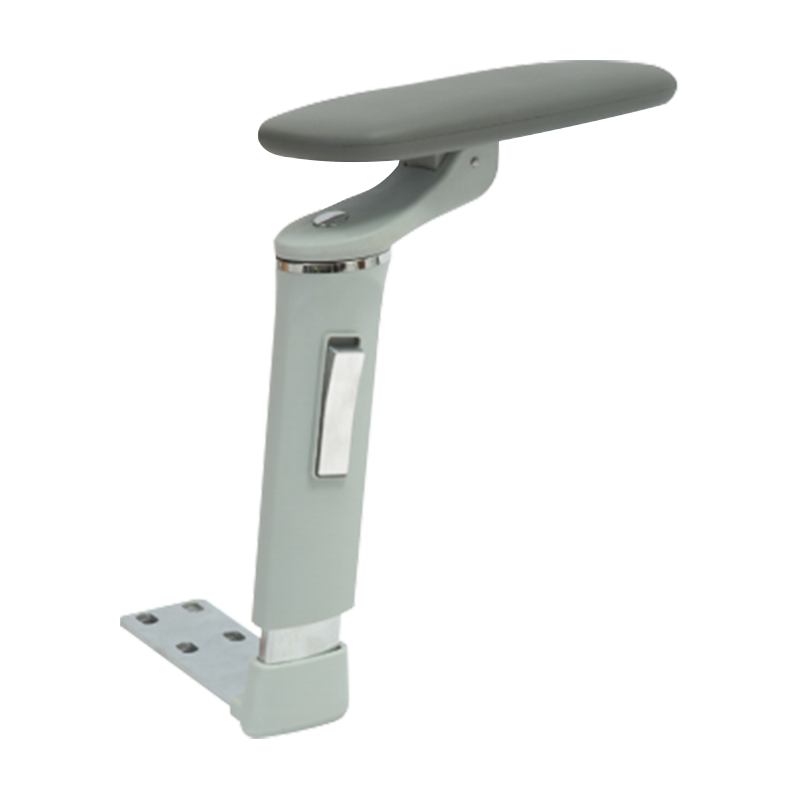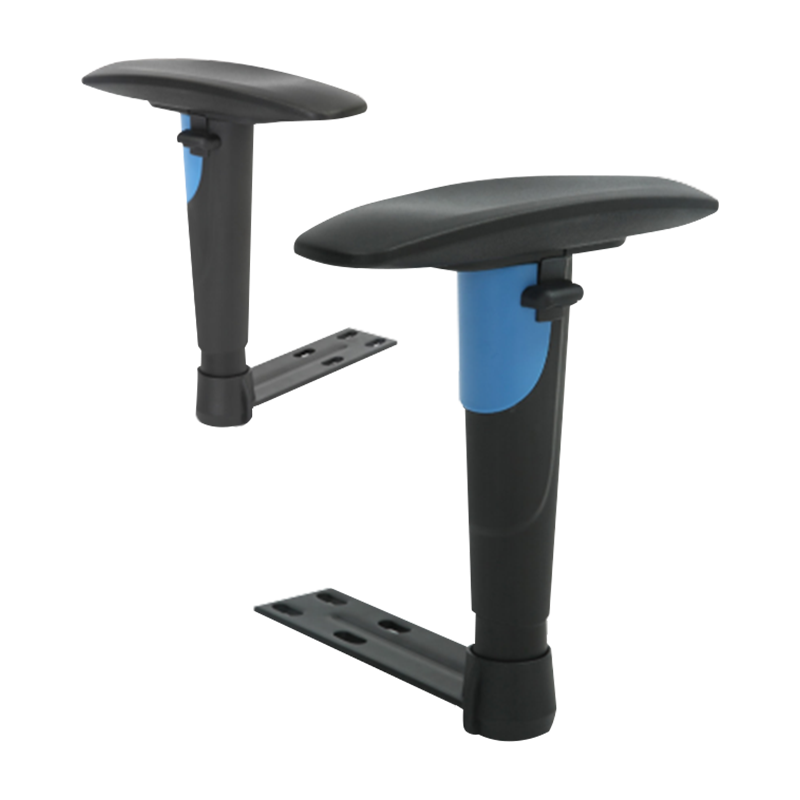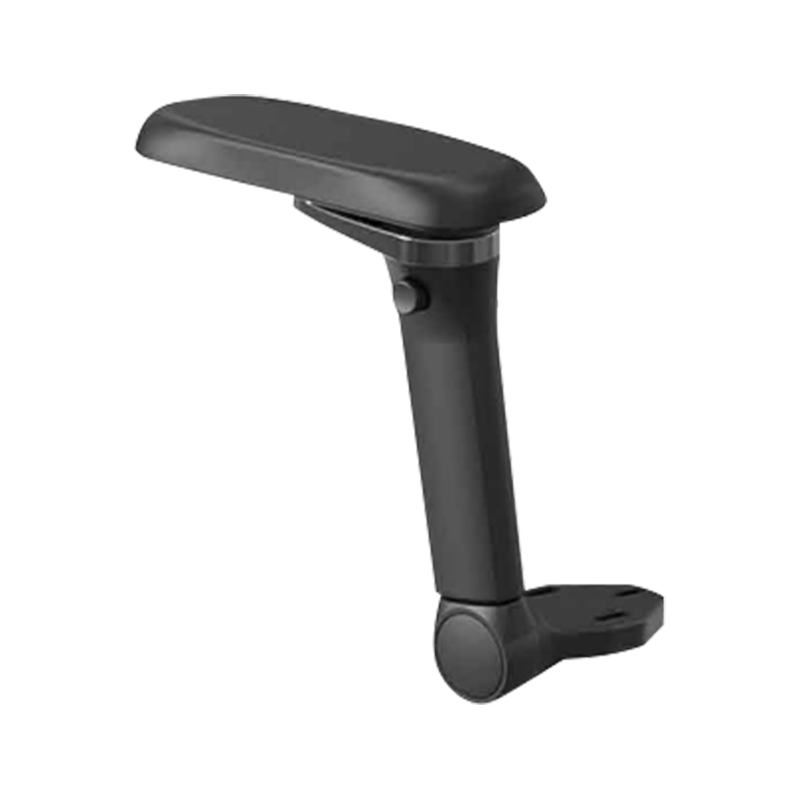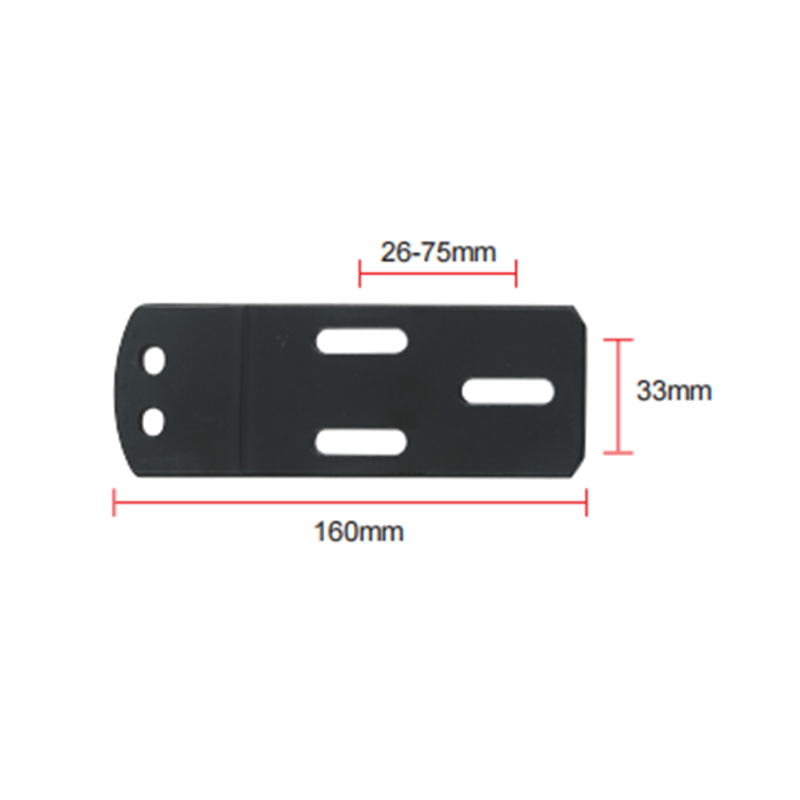Web Menu
Product Search
Why 3D Adjustable Armrests Make These Office Chairs a Must-Have
- 1 What Are 3D Adjustable Armrests and How Do They Work?
- 2
- 3 Top Benefits of Upgrading to a Chair with 3D Armrests
- 4 How to Properly Adjust Your 3D Armrests for Maximum Comfort
- 5 3D vs. Standard Armrests: A Detailed Comparison
- 6 Finding the Right Chair: A Buyer's Consideration
- 7 FAQ
- 7.1 What does "3D adjustment" mean for office chair armrests?
- 7.2 Can 3D adjustable armrests really help with shoulder and neck pain?
- 7.3 Are chairs with 3D armrests suitable for both tall and short users?
- 7.4 How often should I readjust my armrests?
- 7.5 Is it worth the investment to upgrade to a chair with 3D armrests?
In the pursuit of the perfect ergonomic office setup, the chair is undoubtedly the throne. While lumbar support and seat height often steal the spotlight, a truly sophisticated ergonomic chair is defined by its details—most notably, its armrests. Standard armrests force your body to adapt to them, often leading to shoulder strain, wrist discomfort, and poor posture. This is where the revolutionary concept of ergonomic 3D adjustable office chairs armrest comes into play, transforming a simple support feature into a pivotal tool for health and productivity. Unlike their one-dimensional predecessors, 3D armrests offer a complete range of motion, allowing for a micro-calibrated fit that supports your unique body dimensions and working style. This article delves deep into the science and benefits of this advanced feature, explaining why it is no longer a luxury but an essential component for anyone serious about their long-term well-being and efficiency at work.
What Are 3D Adjustable Armrests and How Do They Work?
The term "3D adjustment" might sound technical, but it simply refers to the three distinct planes of movement that these advanced armrests offer. This comprehensive adjustability is what sets them apart from basic models and is the core of their ergonomic superiority. First, they allow for height adjustment, moving up and down to ensure your elbows rest at a perfect 90-degree angle, preventing shoulder shrug. Second, they provide width or lateral adjustment, enabling you to move the armrests closer to or farther from your body to align with the natural width of your shoulders and torso. This is crucial for maintaining a neutral wrist position while typing. Finally, the most advanced feature is the pivot or depth adjustment, allowing the armrests to swivel forward and backward. This accommodates different tasks, such as bringing support closer when typing or shifting it back for more relaxed reading. Together, these three dimensions create a fully customizable support system that actively promotes a healthy posture rather than passively existing.
- Height Adjustment: The foundational movement that ensures your shoulders remain relaxed and your forearms parallel to the floor.
- Width (Lateral) Adjustment: Moves the armrests inward or outward to bridge the gap between your body's natural posture and the chair's fixed structure.
- Depth (Pivot) Adjustment: Allows the armrest to rotate along a central axis, providing support for the entire forearm throughout different activities and arm lengths.
- Synergistic Movement: The true power lies in combining all three adjustments to create a perfectly tailored arm support ecosystem that moves with you throughout your workday.
Top Benefits of Upgrading to a Chair with 3D Armrests
Investing in an office chair equipped with 3D adjustable armrests for tall users and individuals of all sizes yields profound benefits that extend far beyond simple comfort. The primary advantage is the significant reduction in musculoskeletal strain. By supporting the arms at the optimal height and angle, pressure is taken off the shoulders, neck, and upper back, directly combating the fatigue and pain associated with long hours at a desk. Furthermore, this precise support promotes impeccable posture by encouraging the spine to maintain its natural 'S' curve, preventing the slouching or hunching that leads to chronic back issues. Another critical, often overlooked benefit is the enhancement of circulation; properly supported arms prevent compression of blood vessels in the elbows and wrists, reducing the risk of conditions like carpal tunnel syndrome. Ultimately, this leads to a noticeable boost in focus and productivity, as physical discomfort is one of the biggest distractions in the workplace.
- Eliminates Upper Body Strain: Directly reduces tension in the shoulders, trapezius muscles, and neck by providing proper support.
- Promotes Optimal Posture: Acts as a guide to keep your entire spinal column aligned, reducing long-term degenerative stress.
- Enhances Blood Flow and Reduces Numbness: Prevents elbow and wrist pressure that can impede circulation and cause tingling or numbness.
- Increases Productivity and Comfort: Minimizes micro-adjustments and fidgeting, allowing for longer, more comfortable, and focused work sessions.
- Future-Proofs Your Health: An investment in preventative ergonomics that can save you from costly health issues and discomfort down the line.
How to Properly Adjust Your 3D Armrests for Maximum Comfort
Owning a chair with advanced features is only half the battle; knowing how to use them correctly is key to reaping the full benefits. Properly adjusting your best office chair with 3D armrest adjustment is a simple yet precise process that should become part of your setup routine. Begin by sitting deeply in your chair with your back firmly against the lumbar support and your feet flat on the floor. Adjust your seat height first so that your thighs are parallel to the floor. Now, focus on the armrests. Start with height: adjust them so that your elbows bend at approximately a 90-degree angle, with your forearms parallel to the floor and your shoulders relaxed, not hunched. Next, adjust the width. The armrests should be close enough to your body that your arms can rest on them without you having to reach outward, keeping your wrists in a neutral, straight position while typing.
- Step 1: Establish Base Posture: Sit correctly in the chair with back support and feet flat.
- Step 2: Adjust Height: Raise or lower the armrests until your elbows form a 90-degree angle.
- Step 3: Adjust Width: Move them inward or outward to align with your natural shoulder width.
- Step 4: Adjust Depth/Pivot: Swivel the armrest pads so the support is directly under your forearm in your most common tasks (e.g., closer for typing, farther back for mouse use).
- Step 5: Test and Refine: Mimic your common work motions (typing, mousing, reading) and make micro-adjustments for seamless support.
Common Adjustment Mistakes to Avoid
Even with the best intentions, many users make simple mistakes that negate the benefits of their adjustable armrests. One of the most common errors is setting the armrests too high, which forces the shoulders into a perpetual shrug, leading to stiffness and pain. Conversely, setting them too low causes you to slouch and lean to one side to rest your arms, misaligning your spine. Another frequent mistake is leaving the armrests too far out wide, which creates an unnatural and strained reaching posture for the arms and shoulders. Finally, many users forget to utilize the pivot function, leaving their forearms unsupported during specific tasks, which forces smaller muscles to work overtime for stabilization. Awareness of these pitfalls is the first step toward creating a truly ergonomic workspace.
- Setting Armrests Too High: Causes shoulder elevation and tension.
- Setting Armrests Too Low: Promotes slouching and lateral bending of the spine.
- Ignoring Width Adjustment: Leads to arm abduction and shoulder strain.
- Neglecting Pivot Adjustment: Results in incomplete forearm support during different activities.
- Failing to Re-adjust: Not customizing settings when switching between tasks like typing and reading.
3D vs. Standard Armrests: A Detailed Comparison
When choosing an office chair, understanding the stark functional differences between standard armrests and their 3D counterparts is crucial for making an informed decision. Standard armrests, often found on budget or older model chairs, typically offer only one type of movement—usually height—or are entirely fixed. This rigid design forces the user to compensate with their own body, leading to the postural problems mentioned earlier. In contrast, a 3D adjustable armrest office chair provides a dynamic support system that adapts to the user. This isn't just a minor upgrade; it's a fundamental shift from a static piece of furniture to an interactive ergonomic tool. The following table illustrates the key differences in capability and the resulting impact on user health and comfort.
| Feature | Standard Armrests | 3D Adjustable Armrests |
| Height Adjustment | Sometimes available | Always available, precise |
| Width Adjustment | Extremely rare | Standard feature |
| Pivot/Depth Adjustment | Not available | Standard feature |
| Postural Support | Basic, often inadequate | Comprehensive, promotes neutrality |
| Ideal For | Short, infrequent use | Prolonged, daily computer work |
| Impact on Health | Can contribute to strain | Actively works to prevent strain |
Finding the Right Chair: A Buyer's Consideration
Selecting an office chair is a highly personal decision, and the presence of ergonomic chairs with 3D armrests should be a top-tier criterion on your checklist. However, it should not be the only one. A truly ergonomic chair is a sum of its parts, and the armrests must work in harmony with other adjustable features. First, ensure the chair has high-quality lumbar support that matches the curve of your lower back. Next, verify the seat pan has adequate depth and tilt adjustment to support your thighs without pressure behind your knees. The build quality of the armrests themselves is also vital; look for padded, firm (not wobbly) mechanisms that move smoothly and lock securely into position. For those with specific needs, such as office chairs with pivot adjustable armrests for shoulder pain, the depth and pivot function becomes non-negotiable, as it allows for fine-tuning that directly alleviates pressure on the shoulder joint.
- Synergy with Other Features: Ensure the chair also has excellent lumbar, seat depth, and tilt tension adjustments.
- Build Quality and Stability: The armrests should not wiggle or feel cheap; they must provide stable support.
- Padding and Material: Look for firm but comfortable padding that won't bottom out after months of use.
- Range of Motion: Check the maximum and minimum values for height, width, and pivot to ensure they fit your body dimensions.
- User Reviews: Pay close attention to reviews that specifically mention long-term comfort and the durability of the adjustment mechanisms.
FAQ
What does "3D adjustment" mean for office chair armrests?
"3D adjustment" refers to the three independent ways the armrests can be moved to achieve a perfect fit. These three dimensions are: Height (up and down to align with your elbow height), Width</strong (inward and outward to match your shoulder width), and Depth/Pivot (swiveling forward and backward to support your forearm throughout its entire range of motion during different tasks). This level of customization is the gold standard in ergonomic design, ensuring the chair conforms to your body for unparalleled support and comfort.
Can 3D adjustable armrests really help with shoulder and neck pain?
Absolutely. A significant source of shoulder and neck pain at work stems from improper arm support. When armrests are too high, low, or far away, the muscles in your shoulders and neck are forced to engage constantly to hold your arms in position, leading to fatigue and strain. 3D adjustable armrests directly combat this by allowing you to position your arms so that your shoulders remain in a relaxed, neutral position. This removes the constant load from your trapezius and deltoid muscles, providing direct relief and acting as a preventative measure against chronic pain development.
Are chairs with 3D armrests suitable for both tall and short users?
Yes, this is one of their primary advantages. The extensive range of adjustability makes them exceptionally versatile. For tall users, the ability to raise the armrests sufficiently and pivot them to accommodate longer forearms is critical. For shorter users, being able to lower the armrests and bring them closer inwards ensures they are not straining to reach them. When shopping, it's always wise to check the specific range of measurements for the armrest's height, width, and pivot to ensure it covers the spectrum that fits your specific stature.
How often should I readjust my armrests?
There's no set rule, but you should listen to your body. Once you initially set them up correctly for your primary task (e.g., typing), you may not need to change them frequently. However, it's good practice to make minor tweaks if you switch to a significantly different activity for an extended period, such as drawing on a tablet, reading physical documents, or participating in a video call. The key is that the armrests should feel completely natural and supportive without you having to think about them. If you feel any new discomfort or have to adjust your posture to use them, it's time for a quick recalibration.
Is it worth the investment to upgrade to a chair with 3D armrests?
Considering the amount of time most people spend seated at their desks, investing in a chair with full 3D adjustable armrests is undoubtedly worth it for anyone serious about their long-term health and comfort. View it not as a furniture expense, but as an investment in your well-being and productivity. By preventing pain, reducing fatigue, and promoting better posture, a high-quality ergonomic chair can improve your quality of life both at work and at home. It can also prevent future medical costs associated with treating repetitive strain injuries (RSIs) and chronic back and neck pain, offering a significant return on investment over time.
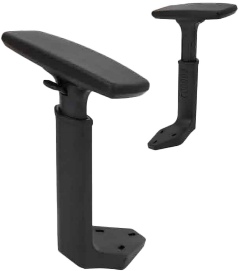
 Feel free to contact us
Feel free to contact us
- Product Fast Links
- Office Chair Armrest
- Hardware Steel Plate
- Polyurethane PU Surface
- Casters
- Contact Information
- Tangpu Industrial Park, Anji County, Huzhou City, Zhejiang Province, China
- [email protected]
- +86-13567973388



 English
English  Español
Español  عربى
عربى 
